Cerebral apoplexy is also known as “stroke.” In ancient time, sudden fainting, unconsciousness, or sudden facial paralysis, hemiplegia, slurring of speech and other symptoms were classified as strokes. Modern medicine discovers that strokes occur when the blood circulation could not meet the need of brain tissue.
Symptoms
Patients of cerebral apoplexy mostly consist of middle-aged and seniors. The clinical conditions vary while most of the patients are accompanied by different levels of dizziness, facial paralysis, aphasia, dysarthria, chocking when eating, and hemiplegia.
Lighting
Massage can circulate meridian. From the viewpoint of modern medicine, massage mainly stimulates the peripheral nerves to promote the metabolism between blood and tissue, thereby coordinating the functions between tissues and organs.
Instructions for Acupressure
- Application : Place your finger on the acupuncture point and apply slow force until the pressed area feels sore.
- Massage Time : Except for one hour before and after meal, acupressure can be applied at all other time.
- Frequency : Unlimited. In general, massage on the acupuncture point for 3~5 minutes before changing to another point.
- Prohibition : Avoid massage in case of bone fracture, tumor and skin worn.
- To prevent skin wearing, caregivers should cut nail before providing acupressure.
- The “ width of finger ” for measuring the acupuncture point should be based on the width of finger of the patient corresponding to the body of the patient.
Introduction to Acupuncture Points
- Fongchi: On the depressed area of the two sides of occipital bone. Indications include insomnia, stiff neck, headache, stroke and hemiplegia, and hypertension.
- Jianyu: The depressed area on the front of the shoulder and the root of the arm. Indications include arm soreness and numbness, shoulder and neck soreness, frozen shoulder, and hemiplegic paralysis.
- Neiguan: Indications include calming the mind, blood pressure regulation, insomnia, and palpitations.
- Shenmeng: Place the palm upward and on the transverse crease of the wrist next to the pinky. Indications include angina, palpitation, insomnia, bad memory, chest tightness, depression, and joint pain.
- Laogong: Place the palm upward and on the center of the palm, between the 3rd and 4th metacarpal bone. Indications include stroke, hand paralysis, palpitations, and chest tightness.
- Hegu: The depressed area between the thumb and the index finger. Indications include headache, throat numbness, hypertension, failing vision, and facial paralysis.
- Sanyinjiao: The edge on the back of the bones in 4 fingerbreadths from the protruding area of inner ankle. Indications include lower-extremity paralysis and edema; can relieve muscle tension.
- Zusanli: Underneath the knee and four fingerbreadths under outer side part of the knee ( 3 inches refers to the width of the 2nd, 3rd, 4th, and 5th finger together ). Indications include hypertension, constipation, knee pain; can improve various chronic diseases and are known as the healthy acupuncture points for disease-free longevity.
.jpg) |
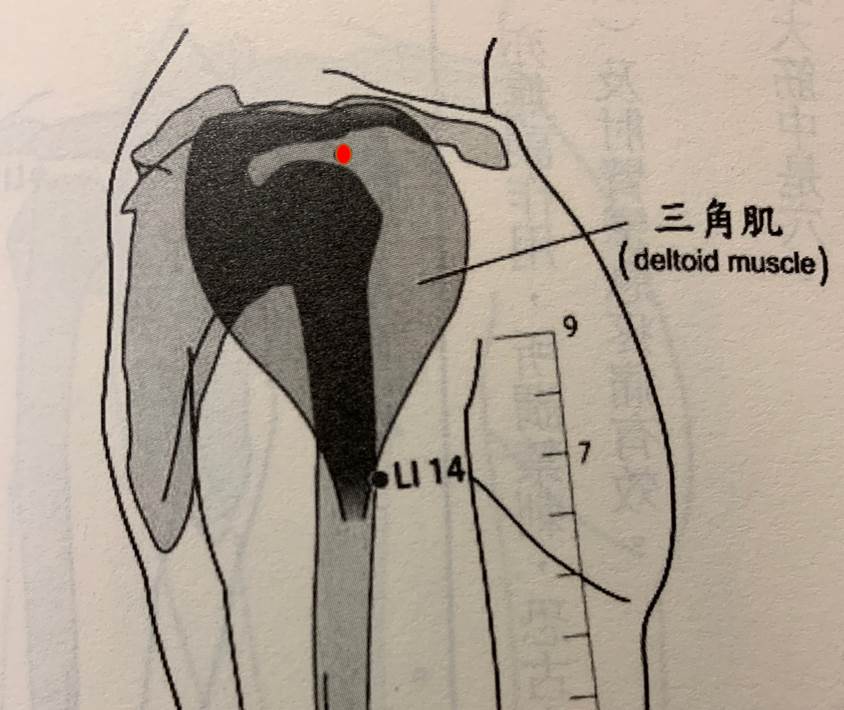 |
| Fig 1 | Fig 2 |
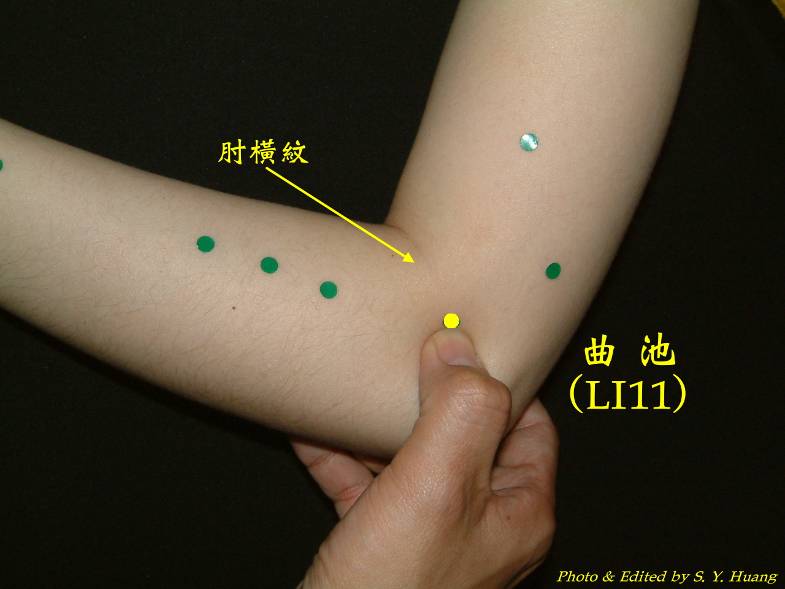 |
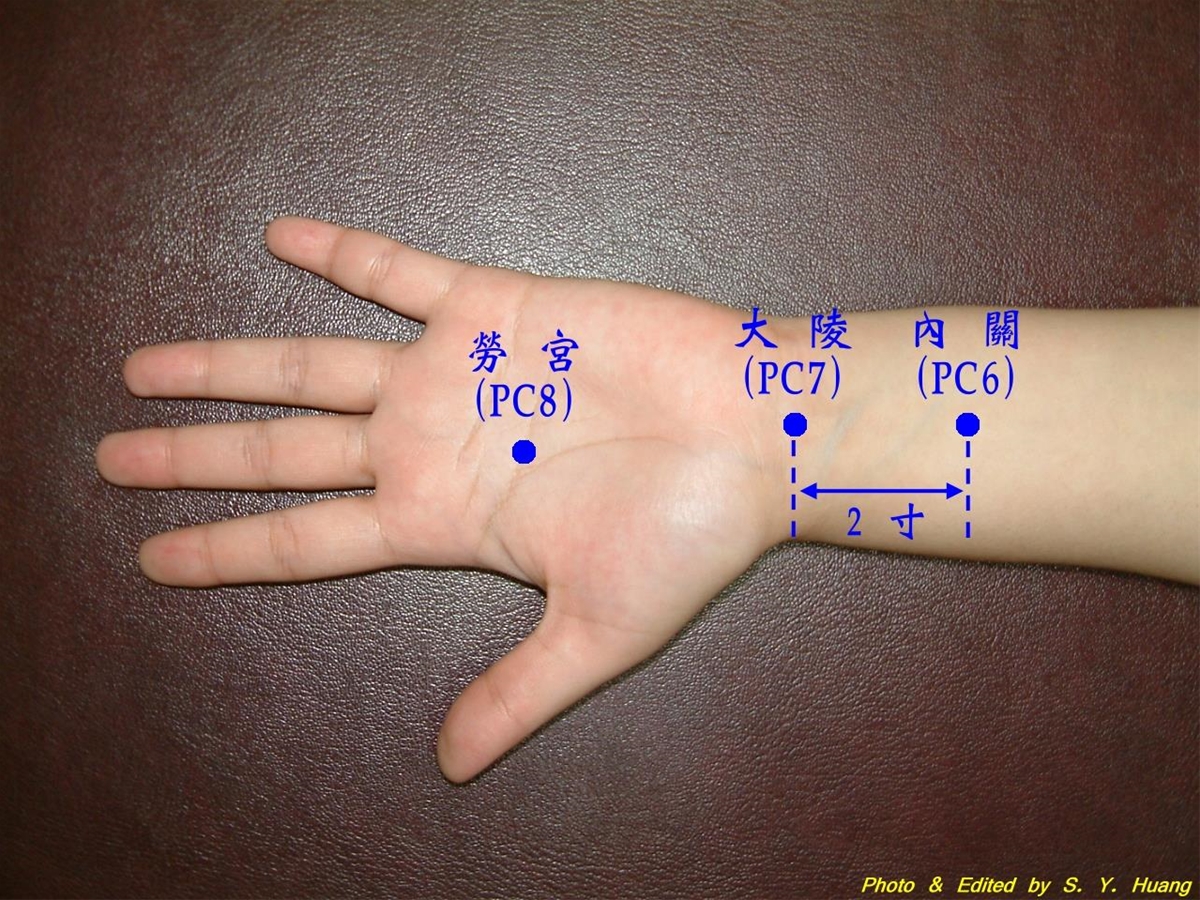 |
| Fig 3 | Fig 4 |
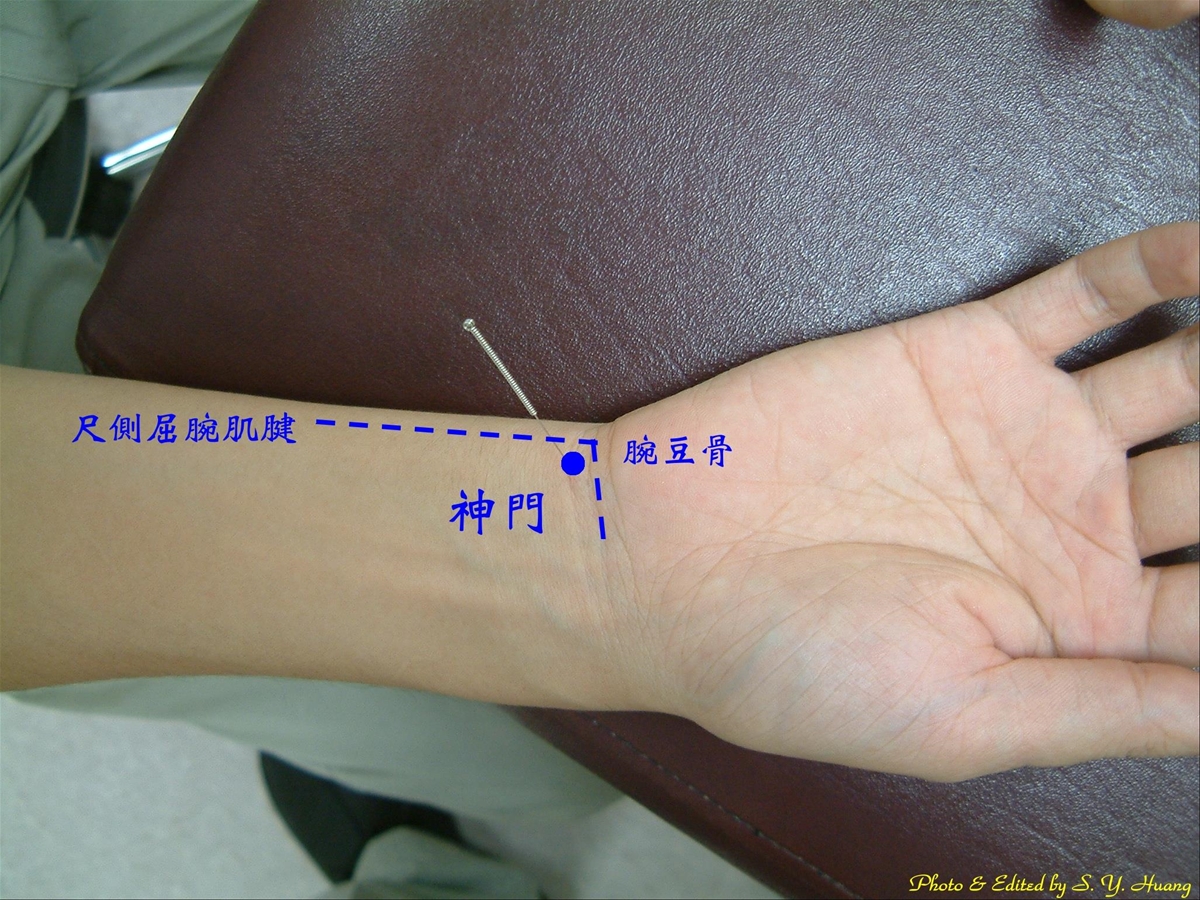 |
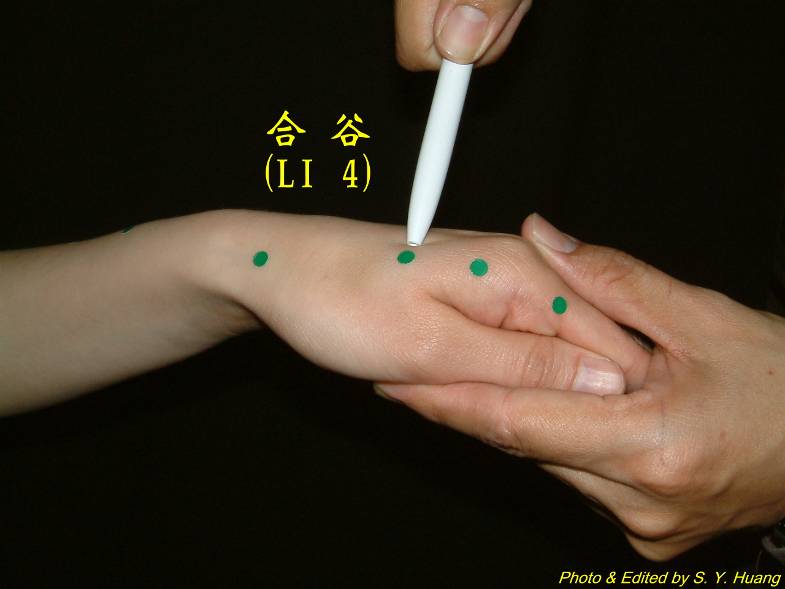 |
| Fig 5 | Fig 6 |
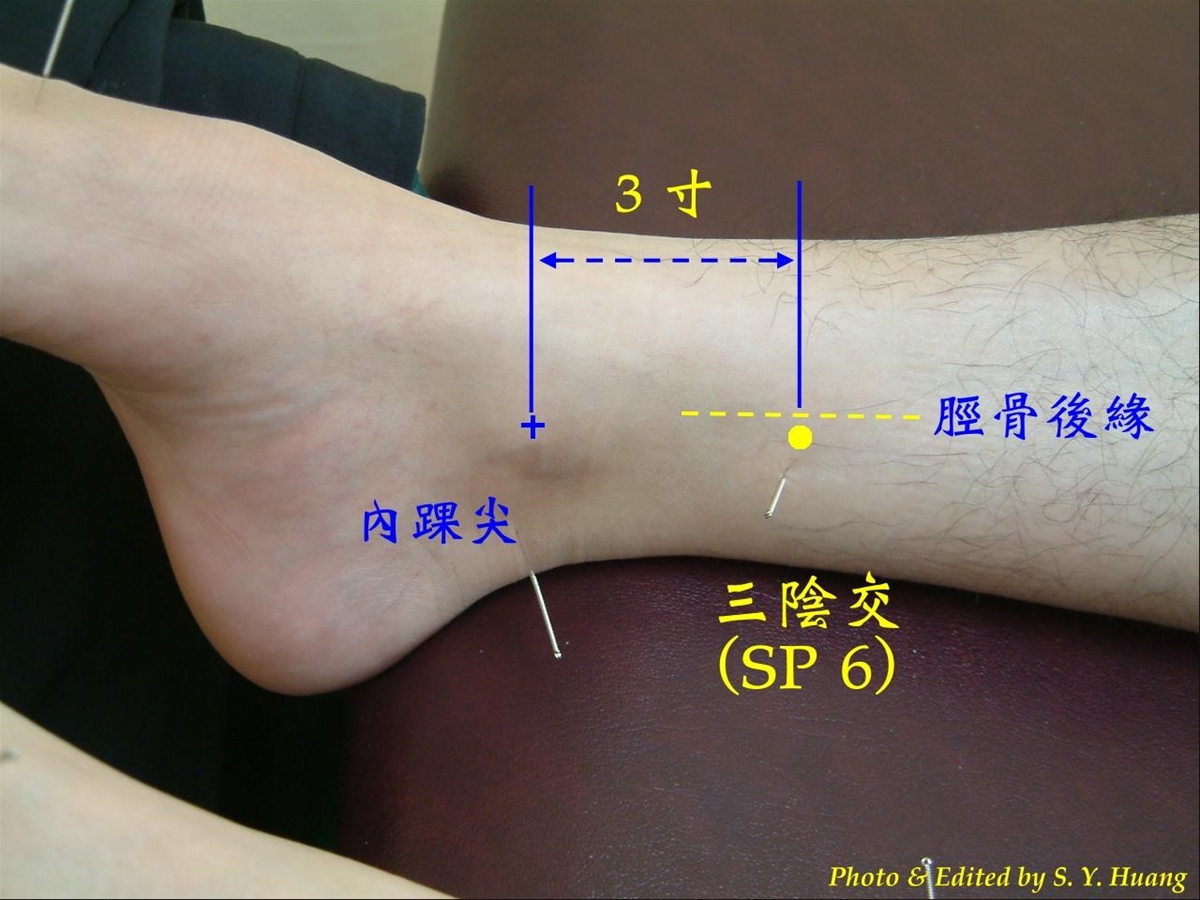 |
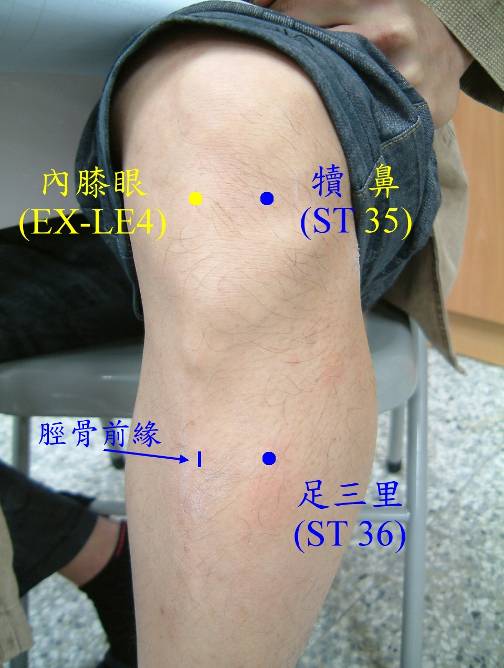 |
| Fig 7 | Fig 8 |

